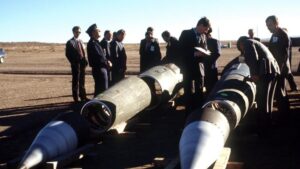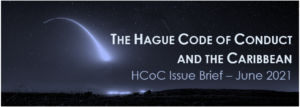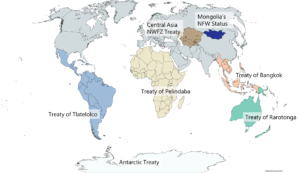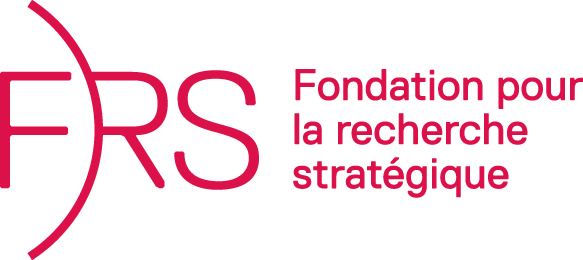Asian Regional Webinar
18 December 2020
Virtual
On 18 December 2020, FRS teamed up with UNRCPD to organise a virtual event dedicated to enhancing understanding on the HCoC with a number of Asian States.
AGENDA
PRESENTATION & SCOPE OF THE PROJECT
- Yuriy KRYVONOS, Director, UNRCPD (remarks read by Steven Humphries)
- Alexandre HOUDAYER, Secretary General, FRS
- Georgios KRITIKOS, EEAS, Deputy Head of Division, Disarmament, Non-proliferation and Arms Export Control, European External Action Service, European Union
I/ KEYNOTE INTRODUCTION: MISSILE PROLIFERATION: A GLOBAL CHALLENGE
- Benjamin HAUTECOUVERTURE, Senior Research Fellow, FRS
II/ THE HCoC: A MULTILATERAL INSTRUMENT TO CURB THE PROLIFERATION OF MISSILES
MODERATOR:
- Alexandre HOUDAYER, Secretary General, FRS
PRESENTERS:
- Benno LAGGNER, Resident Representative to the IAEA, Permanent Representative to the CTBTO PrepCom, Permanent Mission of Switzerland, Vienna, Austria, HCoC Chair 2020-2021
- George-Wilhelm GALLHOFER, Minister, Representative of the HCoC Immediate Central Contact (ICC), Ministry of Foreign Affairs, Austria
- Emmanuelle MAITRE, Research Fellow, FRS
- Steven HUMPHRIES, UNSCR-1540 Project Coordinator, UNRCPD
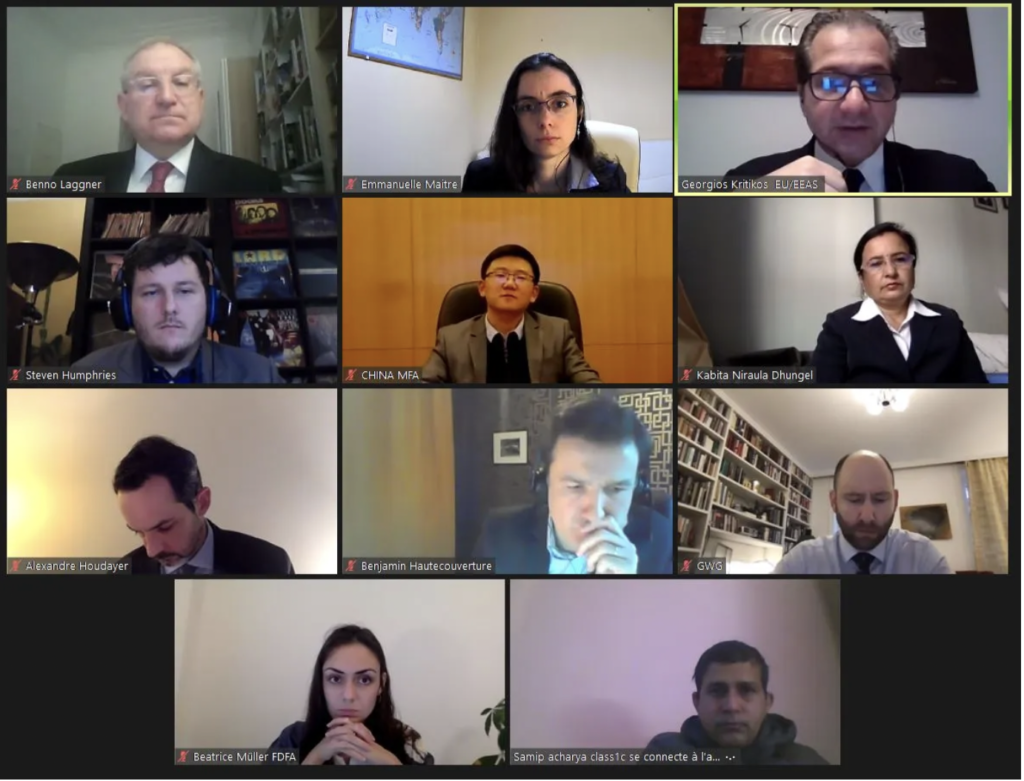
KEY ISSUES:
- Contribution of the Code to international security
- Being a Subscribing State: commitments and benefits
- Day-to-day implementation of the Code
- What opportunities in joining the Code? What constraints?
Q&A AND DEBATE
Summary of the debates
The objective of this virtual meeting was to present the HCoC. Lesser known among other non-proliferation instruments, the HCoC is a modest yet effective tool to address the threat posed by ballistic missile proliferation to international peace and security and reduce the instability posed by these systems. The Code is especially relevant today due to the changing power balance but also ongoing technological dynamics, which means that it is all the more important for the international community to uphold and strengthen existing measures.
The first session aimed at presenting an overview of missile proliferation dynamics, the drivers of proliferation, its consequences, and ways to mitigate this global challenge. The ability to carry WMD is an historical motivation for the acquisition of ballistic systems. The main risk posed by the dissemination of these systems is the transformation of a theoretical WMD threat into an actual one as it provides states with the means to deliver these weapons. To limit the instability produced by this dissemination, several strategies have been implemented by states, from deterrence and missile defence to arms control, export control, targeted UNSC sanctions and confidence-building measures (CBMs) including the HCoC.
The second session sought to recall the objectives of the Code, namely, to reduce the destabilising effects of ballistic missile activities through transparency and CBMs. Importantly, the Code does not exclude states “from utilising the benefits of space for peaceful purposes”. With 143 subscribing states to date, the HCoC fills an important gap in the absence of legally-binding norms in this area. It enables privileged information exchange thereby enhancing trust and offers a platform to address issues linked to its implementation and missile-related issues. Subscribing states must nominate a point of contact (who has access to the online platform), complete an annual declaration (a copy of which was shared with the participants) and pre-launch notifications (PLN) in case of a launch. The Code’s administrative requirements are minimal, especially for states without ballistic or SLV programmes and subscribing is free of charge.
Putting the Code in the context of the overall implementation of non-proliferation and disarmament initiatives in Asia, this session presented the geopolitical developments in the region that make the HCoC increasingly relevant for Asian states. These include the development of ballistic missile capabilities in the broader Asian region, but also the increasing use of dual-use space technologies that could lead to rising instability if not coupled with CBMs.
Lastly, the complementarity of the Code with other key instruments like the MTCR and the UNSC 1540 Resolution was assessed. The Resolution, as a legally-binding instrument, fills an important gap in international law and constitutes a main driver for the adoption of adequate export control regimes at the national level. The instruments are mutually reinforcing and their logic is similar: even for countries that do not possess or develop ballistic, or dual-use technologies, taking an active role in these mechanisms improves strategic stability globally. It is therefore important for all countries to contribute to the strength of the global regime.
